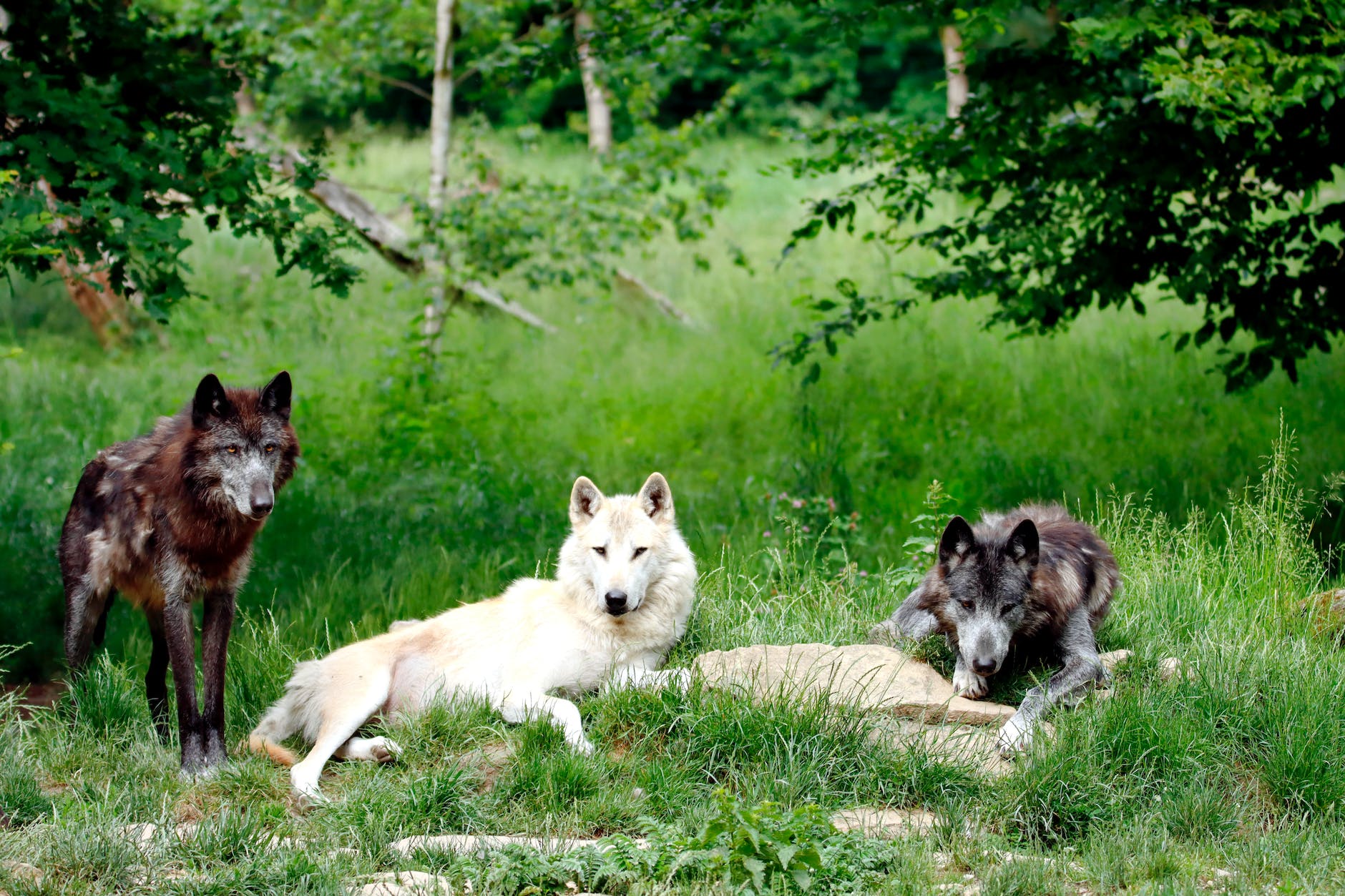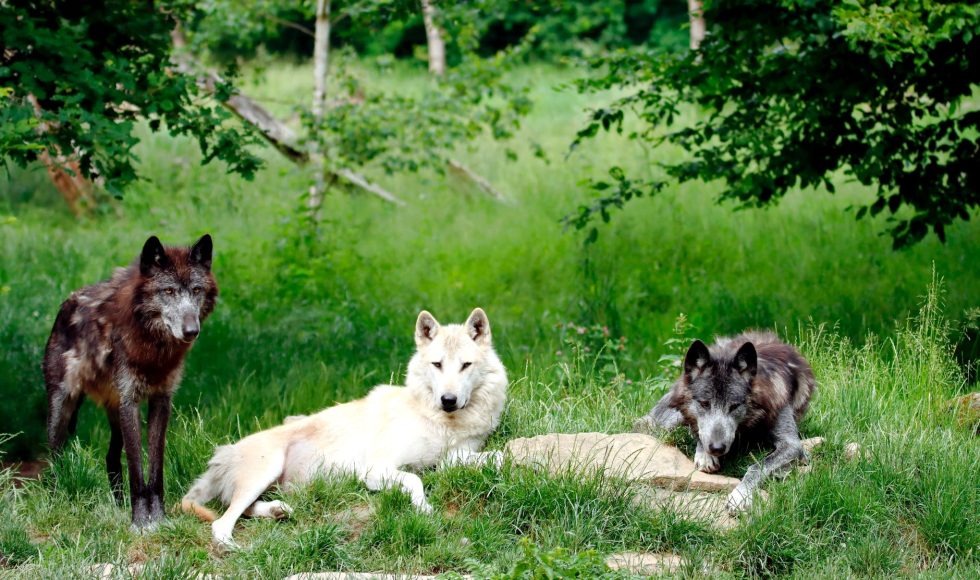Reindert Nijland from the Wageningen University in the Netherlands wanted to teach more students about Nanopore and long-read sequencing. Nijland presented at the 2022 London Calling conference a very short (three minute) session describing how they use “Nanopore sequencing for biodiversity assessment in an educational setting.” They developed an Advanced Molecular Ecology course to help students obtain data on biodiversity. The course focuses on biodiversity, genetic heterogeneity, and adaptation of organisms… using DNA sequencing. The course is aimed for last year MSc students and new doctoral students. The course is a collaboration between several programs on campus including Marine Ecology, Animal Breeding and the Genomics Lab. A four day hands-on lab experience for twenty students came up with 90 samples. They pooled equimolar amounts of DNA and sequenced the samples they wanted. This student-driven metabarcoding project engaged students in the collection of samples, isolation of DNA, metabarcoding PCR + barcoding PCR, pooling, library prep, and sequencing on a MinION. Participants then analyzed samples using EPI2ME, BLAST, Geneious Prime, and command-line tools. Some students collected wolf feces; others focused on amphibians. Students seemed excited, and one even used Twitter to share their results. Nijland described the experience as amazing and was glad students found it engaging. I wonder what the conceptual component of the course addressed… Also, I’m intrigued by the scheduling since students seemed to design the experiment and order custom primers. This session made me think about what we can achieve this summer!



